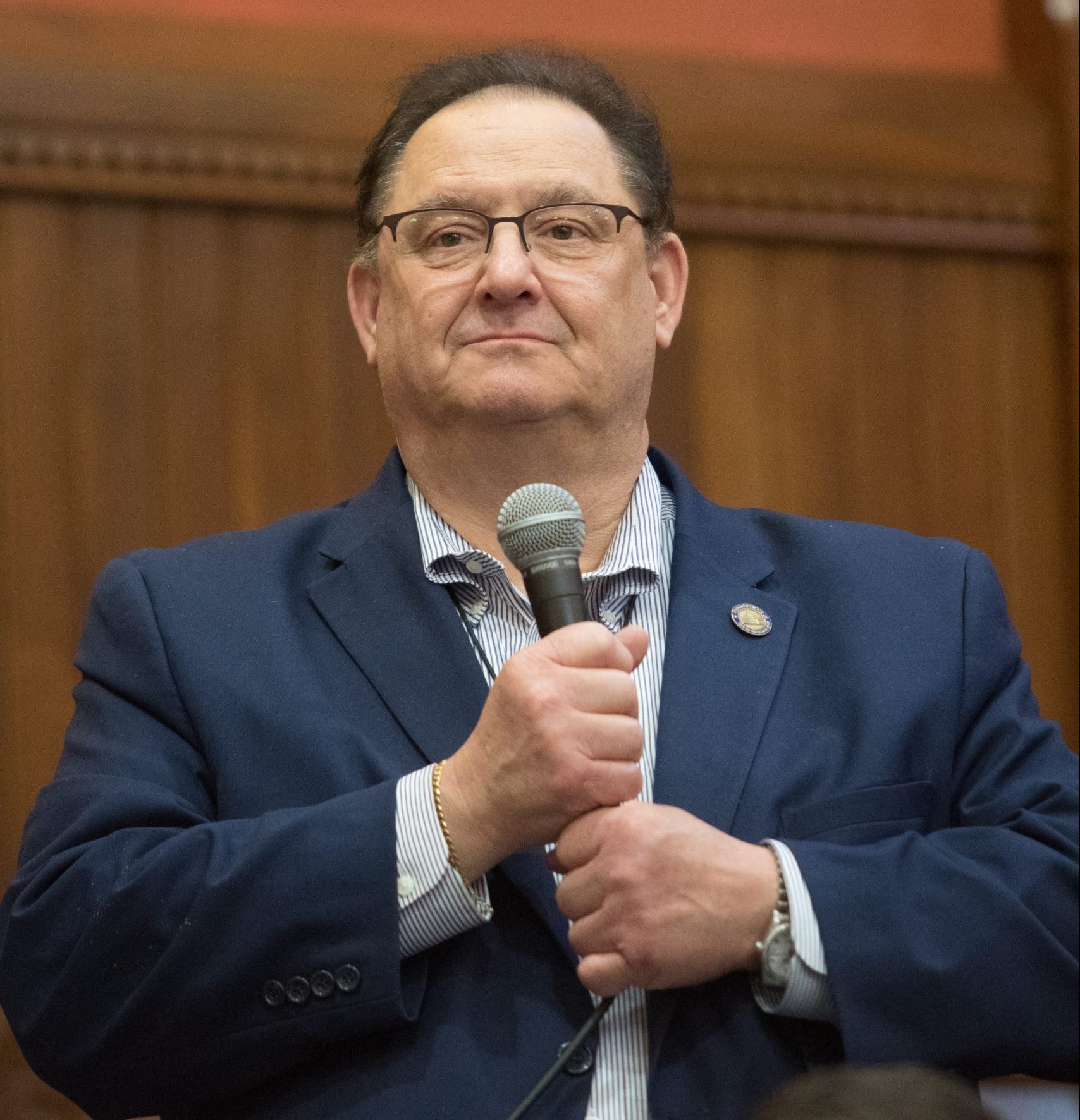

HARTFORD- State Rep. Mitch Bolinsky (R-106) strongly supported the bi-partisan FY 2024 – FY2025 state budget. This year’s budget is made noteworthy by the policy contributions proposed by Governor Lamont and all four legislative caucuses, as well as the use of state surplus dollars to make targeted investments in critical programs, while respecting the fiscal “guardrails”, first introduced by the Republican Caucuses in crafting the FY 2017 – FY 2018 bipartisan budget.
The state does its budgets in two fiscal-year increments in an exhaustive process that begins with a “governor’s Proposal” in February of each “odd-numbered” year and in the first week of June, that same year. Each fiscal year begins on July 1 of the prior numeric year, making the FY 2024 budget effective on July 1, 2023. The FY 2024 budget year ends in the actual numeric year, on June 30, 2024.
This year’s $51-Billion biennium (2-yr) budget represents a 3.75% spending increase over two-years, as opposed to the initially proposed increase of about 5.5%. The reduction came after a House Republican spending reduction proposal.
Highlights of this FY 2024 – FY 2025 budget begin with Connecticut’s first personal income tax cut since that tax was first enacted in 1991 by Governor Lowell Weicker. The tax cut is targeted for working families and seniors in Connecticut. There are also significant investments budgeted to K-12 education, literacy, special education, early childhood education, our public institutions of higher learning and a small funding increase to our community non-profit providers.
Rep Bolinsky said: “In the end, I was pleased at the way the Governor and legislature came together to establish common ground, then weigh-in on and address each stakeholder’s priorities. We see it in the comfortable, bipartisan passage of this budget. There were times when the process was tense but, on more than one occasion, Governor Lamont kept the door open to our caucus and brought everyone back to the table. Like any decent budget, there are things most folks agree upon, and pieces that some folks love or hate. I am comfortable with my YEA vote.”
The State Tax Plan includes:
- Largest personal income tax cut in state history ($190.6 million in FY ’24 and $421.7 million in FY ’25)
- Reduction of the marginal income tax rates from 5% to 4.50% and from 3% to 2%
- Exempts pension & annuity income and individual retirement accounts—raising the income threshold from $100k to $150k for joint filers & $75k to $100k for single, separate, and head of household filers, effective tax year 2024. This accelerates a planned “phase-out”, as I’ve been pushing for five-years.
- Freezes scheduled increases to the state’s diesel tax
- Cuts the state’s aviation fuel tax.
The spending plan includes:
- Funds non-profits an additional 2.5% with one-time, two-year “bonuses” (IMO, following an 8.6% inflation-year, I find this to be insufficient and testified repeatedly for reconsideration)
- Invests $150M in education funding to help close the state’s achievement gap
- Fully funds the Excess Cost grants for special education reimbursements to towns, also a multi-year priority for Newtown Public Schools
- Hold towns like Newtown “harmless”, with level ECS funding for the next two fiscal years. This suspends a scheduled ECS reduction phase-in, as previously stipulated in the FY 2022- FY 2023 budget
- A commitment to audit the Partnership Plan, a state insurance package available to towns
- Enhanced funding for the DDS Residential Waiting List
- Creates a new “Fallen Hero” account with Comptroller that will provide $100,000 death benefit to the family if a police officer is killed in the line of duty
- Shrinks the cost of government over the long-term and forces government to live within their means by implementing House Republican plan to “right-size” agency budgets
The two-year state budget adheres to and is under the Constitutional State Spending Cap, appropriating $25.1 billion for the fiscal year that begins July 1, and $26 billion in 2024-25. Sustainability is a beautiful thing.
